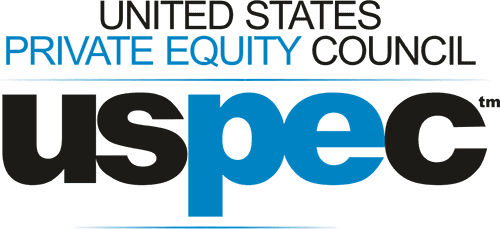Private Equity is eating public equity markets for breakfast, and it’s not even stopping to take a break. According to McKinsey in its 2019 annual report of PE markets, Private equity’s net asset value has surged ahead seven-fold since 2002, which marks a double growth rate over public equities. During the period between 2006 and 2017, the market grew at 106% CAGR. New capital of an astonishing $778 billion swept into the sector. Global PE net asset grew by 18% in 2018 and has grown 7.5 times, twice as the rate of public market capitalization.
There’s no doubt, private equities no longer remain on the outside fringes of deal-making, it has gone mainstream and now 2018 marked the third-highest fundraising year on record.
The Matter of Maturity
With this stunning growth in the sector, has come the added benefit of maturity. Consolidation, fierce competition between players, and rising asset prices have thrown up hitherto unknown challenges for PE players. The looming economic downturn has had a sobering effect indeed, and besides due diligence and aggressive investments in emerging economies, idle capital is a bane that the modern private equity professional needs to deal with. Geopolitical tensions, limited deal count, and the trade wars have had their effect on PE deal-making. But the industry has, at the same time, moved away from a homogenized approach to deal-making to a more refined strategy of finding “sweet spots”. Continuous development and learning have produced a breed of PE professionals who focus on value creation as their main motive in ensuring successful investment entries, leaving methods such as multiple arbitrage, leveraged buyouts, and financial engineering far behind. Due diligence targets are a prime focus among general partners as of today, while their exit strategies and potential IPOs still remain a thoroughly constructed lot.
Tackling these challenges
At the face of it, tacking these challenges seem easier said than done. What will remain important and forever relevant, is the levels of entries and exits of these deals and PE players worth their experience are taking these sincerely and with the severity that they deserve.
Most PE players are focused on their exit plans, either through an IPO or further strategic placement of their resources. These have led to a lot of deals remaining undervalued, as investors seek to maximize their ROI on them.
The heterogeneity of recent PE deals across all sectors and all verticals have clearly demonstrated the appetite that PE players have, given their massive current cash balances. The interesting phenomenon is that now not everyone is following the bandwagon and choosing to invest in their own specialization areas that leave little to future risk.
As A PE Investment Professional
The most important action step is to get the skills to understand the current market scenarios of the worldwide PE industry, alongside choosing the investment that will actually turn to valuable exists. There are several ways to get hold of your place in the global private equity industry, but the statistics above clearly show, it is best to gain an understanding of the clear and direct paths; Paths where you can make a significant impact as a private equity professional. Study the potential of the markets that you are currently targeting, and of course, ensure that you gain the necessary skills and certifications. Its paramount to gain private equity certifications that are valued by employers across the planet, and get your heads up in the massive PE industry space that will enable you to make successful strategic decisions. Get certified now, and see your career in private equity soar with the world’s most comprehensive single point private equity certifications.






